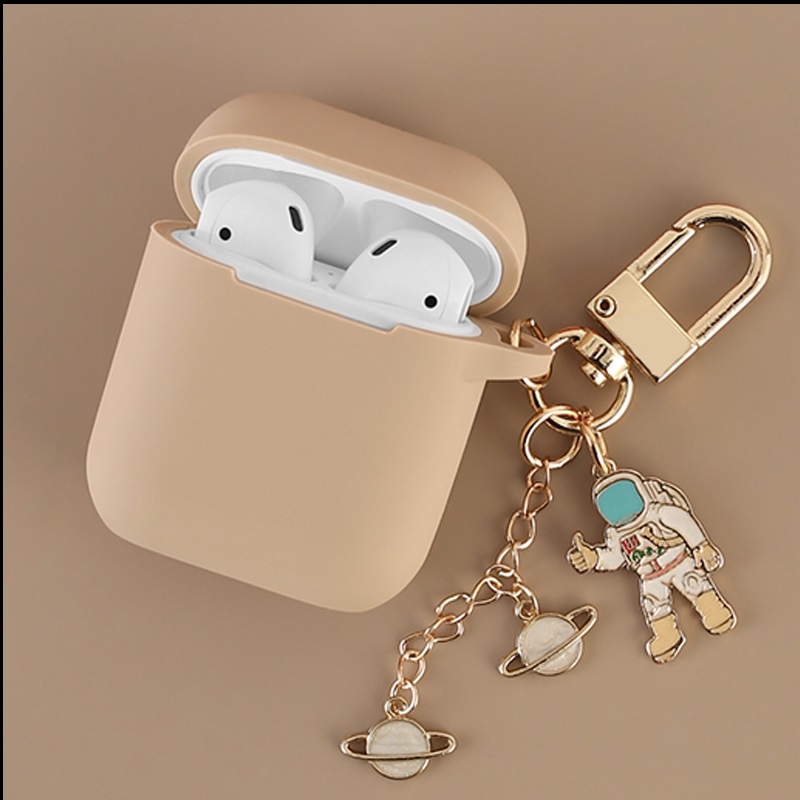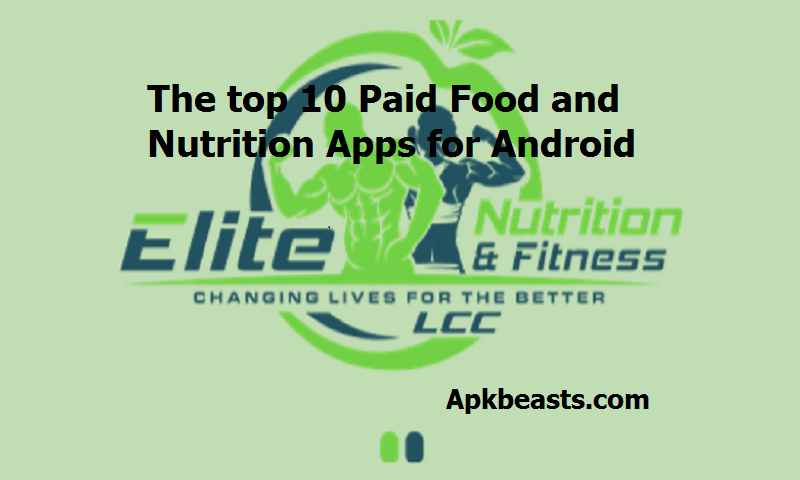The packaging of goods in our society is a topic of serious discussion. We cannot do without various methods of packaging, but when does it become unsustainable? To preserve sustainable natural systems on the planet. It is essential to think about how the material we use to package our products is affecting the earth. Sustainable packaging is incredibly challenging to achieve, especially considering the amount of plastic being used on the planet.
Sustainable packaging not only includes the material used to make the packaging. But also the waste produced during production and after usage.
The two main ways to go beyond sustainable packaging is to consider the carbon footprint of the material used. Another one is the recycling of waste associated with packaging.
Table of Contents
Lower Carbon Footprint
I think reducing the carbon footprint of a package from when production begins to the point of disposal by a user is the ultimate goal of sustainable packaging.
Reducing the thickness of packaging materials is one of the ways to reduce their carbon footprint. The reduction of packaging thickness immediately reduces the amount of material used to package each product. The process of reducing the thickness of packaging materials is also known as downgauging.
Packagers may have to change their packaging tools as not all packaging machinery can produce thinner packages.
Moreover, thinner packaging also means that less adhesive material is used to put the label on the package, which also reduces the package’s carbon footprint of the box.
Using labels that require fewer adhesives such as glue applied labels are an example of how to reduce packaging’s carbon footprint. The rule of thumb is the lighter the packaging, the less it is carbon footprint.
Flexible is another option for producing packaging with a lower carbon footprint.
An interesting fact to support this point is that when you use rigid packaging instead of flexible packaging, you produce about eight times more greenhouses gases into the atmosphere.
That is not all. The reduction of carbon footprint by the use of flexible packaging also pertains to the space they occupy. If packaging requires more space, then it will take more to transport them, which increases its carbon footprint.
When you use flexible packaging, you can reduce the impact on water sources as they require less water to clean. They are also less in volume, which means that they do not contribute as much to landfill waste collections as their rigid counterparts do.
On the contrary, flexible packaging is made from different materials that are layered to give it its flexible nature. The above point means that they are harder to recycle than rigid packaging.
Recycling
Recycling is the other crucial component of going beyond sustainable packaging. If a product can be repeatedly recycled and reused with minimal waste production, then it automatically means a reduction in its carbon footprint.
About 85% of plastic waste goes to landfills, 10% is destroyed, and only 5% is recycled. Although the rate of recycling has doubled all over the globe in the past 25 years, it has not been enough to ensure sustainable packaging. Making packaging products more recyclable should help significantly in reducing their carbon footprint.
Making packages and labels from different materials is one of the largest impediments to making recyclable packaging. Blow mold and in-mold titles are a perfect example of how to create packages and their labels from the same materials for easier recycling.
Label Using:
Thinner packages and labels that require fewer adhesives also contribute to the recyclability of packaging materials. Using pressure-sensitive tags is one way in which you can use lighter brands that are easy to recycle.
Another way to reduce the carbon footprint of packaging is to use specialized label substrates. That label can be scraped off when cleaning packaging materials for recycling purposes. Moreover, you can choose to make label substrates from the recycled brands, which further reduces their carbon footprint.
Proper sorting of materials is one of the most crucial elements of successful recycling.
To produce sustainable packaging that has a low carbon footprint, sorting has to be done meticulously.
Downgauging the label, making exposed packaging, and removable shrink sleeves are some of the ways. Which are increase the recyclability of a package or label?
Simple materials are more accessible to breakdown and recycle than more complex materials. To make sustainable packages with a lower carbon footprint in the future, package makers should consider using only the most basic of materials. Biodegradable materials should go a long way in this regard.
The profit incentivized economy will provide hindrances to the production of sustainable packaging that lowers their carbon footprint. However, packagers should view it as a challenge. I would suggest strong cooperation in the packaging industry for more innovative solutions to this problem.
Sustainable Packaging procedure:
Everyone should strive to individually use less packaging and reduce their packaging. We all have a role to play for a more sustainable future in packaging.
One way to reduce waste is by using cheap Zebra, Dymo & Avery Compatible labels to organize your packaging, and that can reduce the errors of sending the wrong packages to your customer; you can buy those labels cheaply from enKo Products.
As you all know that now the time is changing. So the consumers are increasingly much more sensible of this environmental impact of their buying habits.
Especially from the online stores, and over 70% of the buyers are really willing to pay the green premium for a product. But they want when if it comes with eco-friendly packaging.
There is also very much evidence that is available to show.
That is going green into your good packaging design can absolutely going to benefit your brand automatically.
BBMG’s Conscious Consumer report found that 87% of the buyers or consumers who live in the United States saw to buy from the brands & devoted to environmentally friendly practices.
So, in such a real marketing asset, the packaging has become progressively unable to be divided from the brand identity & from these eco-friendly attitudes.
But, on the other side some brand owners are in the risk by damaging their business profile so, if they do not use the sustainable packaging so, let’s take a small example for you.
For example:
If your packaging or wrapping materials can’t be recycled easily or fertilized so, then you customers will be more frustrated on your brands than excited so, understand it your customer is your god.
If you fulfill on customers’ criteria then you are fulfilling your dream to become come true so, know what your customer demands & which thing your customer wants to get just fulfill it & your business will never going to be off.
We showed you that there personal incentives & the sound economics to use the packaging which is sustainable, but as know you really want to know exactly what is sustainable packaging is? Am I right? So, it’s normal for a bundling maker to guarantee that their bundling plans are ‘green’ without really clarifying how or why.
As per the Sustainable Packaging Coalition,
any bundling structure which “can be changed into a shut circle stream of bundling materials in a framework that is monetarily vigorous and gives an advantage for a mind-blowing duration cycle” can be considered as maintainable. All in all, I don’t get this’ meaning for you and your business?
Shrinking assembly. As noted, “excessive aggregation” is a boundless problem in e-commerce. Simplifying your composition is perhaps the most ideal way for your business to lower its carbon footprint. For tips and trickery around you, see our possible aggregate study.
Reuse or reassemble.
The increased use of recycled materials in your structure keeps recyclable assembly components used for more.
Using reusable paper for assembly implications, for example, shows customers that you’re paying attention to manageability. Package structure that includes reuse of alternatives. For example, carrying premium bags, in addition, it provides a gradual rotating economy of raw materials.
Plant Assemblage The amount of plant-based assembly options has grown considerably in previous years, hardly any years. Web-based businesses can handle biodegradable aggregation options, for example, compressed plant filaments such as mushroom fibers and coconut. This is as a rule of corporate side effects. For example, agricultural business, which limits the dispensing of the inventory network.
For example, our compostable correspondence is produced using cornstarch as an option in contrast to poly-plastic transmitters. The manufacture of this bio-polymer uses only 0.05% of the annual corn crop worldwide. So Making a surprisingly low impact plan.
My brother living in the United States of America and he says that there are many brands that have lost their rankings because of the damaged packaging & the suggestion is that make your packing is more sustainable before your ranking goes down.
Final Word
I hope that you liked this information and don’t forget to see our homepage for more information like this.
Thank you for reading.





